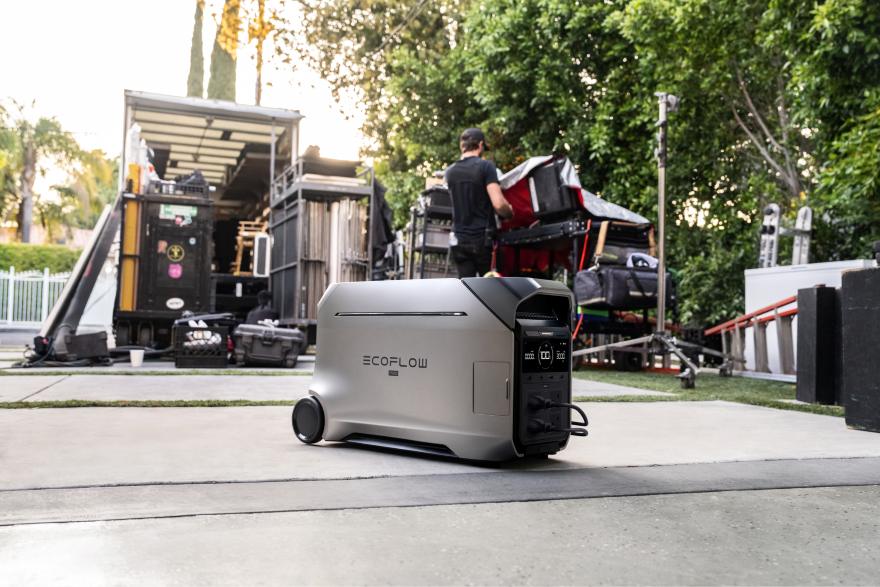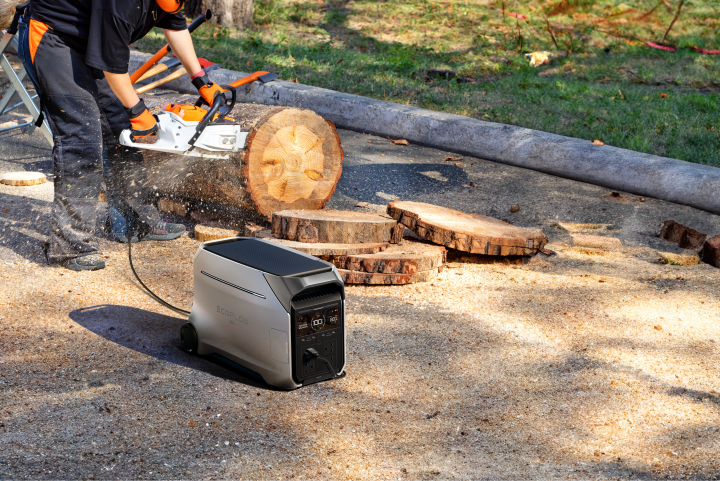How Many Amps Does a Refrigerator Use?
Though it runs continuously, do you realize how much current your refrigerator actually consumes? Measuring in amps, this electrical current affects both your monthly power cost and the electrical system for your house. Depending on their size, age, and additional features, different refrigerators draw varying volumes of power. Knowing these statistics will help you avoid problems down the road whether you want renovations or have power troubles in your kitchen.
Starting vs. Running Amps: The Two Ways Refrigerators Use Electricity
Refrigerators use electricity in two ways: a brief high-powered surge when starting up and a lower steady draw during normal operation. This difference is important for your home's electrical planning.
Starting Amps: The 3-8 Second Power Surge When Compressors Turn On
Starting a refrigerator compressor requires a surge of electricity roughly three to four times typical. Although this surge is brief, it is why more capacity is needed in circuit breakers. For instance, a refrigerator running on two amps could momentarily require six to eight amps to start.
This helps to explain why occasionally the lights dim when your refrigerator runs. Usually running 15 or 20 amps, your kitchen circuits must handle these transient surges without tripping.
For homeowners concerned about these power surges affecting sensitive electronics or those wanting backup protection during outages, the EcoFlow DELTA Pro 3 with its 4000W output and impressive 8000W surge capacity, can easily handle refrigerator startup demands while providing reliable power backup for essential kitchen appliances.
Running Amps: The Continuous 1-4 Amp Draw During Normal Cooling
Your refrigerator settles into its running amperage, the constant current required for cooling, after startup. On spec labels, this is the number you will find. Running amps reveal the average power consumption of your refrigerator most of the time.
Depending on their size and features, most contemporary freezers run on 1 to 4 operating amps. This determines your electric charge.
How to Find Amp Information on Your Refrigerator's Label
Refrigerator labels typically only show running amps, not peak amps. The label usually includes:
Voltage (115-120V in the US)
Frequency (60Hz in the US)
Running amps (labeled "A" or "Amps")
If you need to know peak amps, multiply the running amps by 3 as a safe estimate. This helps ensure your electrical system can handle your refrigerator's startup needs.

How Many Amps Does a Refrigerator Use?
Usually running between 0.5 and 4 amps, refrigerators utilize specific uses depending on type, size, features, and age. While bigger premium models with extra amenities can take up to 4 amps or somewhat more, most home refrigerators lie between 1 and 3 amp ranges.
Exact Amp Numbers for Each Refrigerator Type
Mini refrigerators use at 0.5–1.5 amps and consume the least of any appliance. For small apartments, offices, and hostels, these little appliances fit really nicely.
Usually drawing one to three amps, top-freezer refrigerators These are the classic designs with the freezer compartment above the fresh food area.
Though their arrangement differs, bottom-freezer versions typically use 1-3 amps and pull similar amperage to top-freezer designs.
Using 1.5-4 amps or more, side-by-side refrigerators run more electricity. The vertical compartments of the dual-door configuration demand more cooling capability.
Usually running between 1.5 and 4 amps, French door refrigerators match side-by- side versions in electrical use. Two doors on top of bottom freezers in these luxury versions allow access.
Additional Amps Required for Common Features
When actively generating ice, ice makers add roughly 0.5 to 1 more amp. Extra power is needed for the heating element releasing ice cubes from the mold.
Water dispensers operate the compressor more often if heavily utilized, but they only need minimum extra electricity during use—about 0.1 to 0.2 amps.
During defrost cycles, Frost-free technology momentarily increases amperage. These quick heating cycles only occur 1-3 times daily for roughly 15 to 30 minutes each, drawing an extra 1 to 2 amps.
Unlike features that cycle on and off, smart displays and internet connectivity features add modest continuous electricity (0.1-0.3 amps), but run 24/7.
How Energy Star Ratings Lower Amp Usage
Generally speaking, energy-star certified models consume 10–15% less amperage than same sized and type non-certified refrigerators. Improved compressors, more effective cooling systems, and greater insulation all help to explain this efficiency.
Thanks to more stringent efficiency criteria, refrigerators built after 2015 typically use 20–30% less electricity than those produced prior 2010. While a corresponding 2020 model would draw just 2-3 amps, a 2005 model might draw 3-4 amps.
Every year, efficiency gains keep going; the newest models (2023–2025) draw roughly 5–10% less amperage than versions from just five years ago.
Why Older Refrigerators Draw More Amps
Older than ten-year-old refrigerators usually draw 1-2 amps more than comparable sized modern versions. This higher power consumption results in annual electricity bills between $30 and $100 more.
Worn door seals let cold air escape, which drives the compressor to run up to 25% more often and raises average amperage draw.
Condenser coils covered in dust lower cooling efficiency, which drives the compressor to run longer and harder. By five to ten percent annual coil cleaning can lower amperage draw.
Failing thermostats or malfunctioning fans cause refrigerators to run more often or continuously, thereby increasing amperage draw.
Inverter vs. Standard Compressors: The Difference in Amp Draw
Conventional single-speed compressors run (drawing their rated amperage) at maximum power then turn off totally. Your electrical system suffers from obvious power surges resulting from this.
Drawing as little as 0.5 amps during mild cooling and up to 3-4 amps only when maximum cooling is required, inverter compressors change their speed depending on cooling needs.
Because they seldom run at maximum amperage and avoid repeated high-draw starting cycles, inverter types usually consume 15 to 25% less than traditional compressors.
Easy on your home's electrical system, inverter technology produces more steady amperage consumption without the dramatic peaks and troughs of conventional systems.

Where to Physically Find Your Refrigerator's Amp Rating
There are three locations with the exact electrical specs for your refrigerator, each providing the amp information you need.
The Hidden Specification Label
Usually buried away in difficult-to-reach areas are refrigerator specification labels. First, check the rear wall—common in earlier vehicles. Inside the main compartment of more modern refrigerators, usually under the crisper drawers or close to the door frame, find A few variants feature the label on the side wall close to the bottom. Use the flashlight on your phone to view the small print if the label shows dark spots.
User Manuals
You can obtain the electrical data even without the paper manual. Search for your model number on the support part of the manufacturer's website. Additionally, free downloads of thousands of appliance manuals abound on websites like Manuals Lib. Call customer care using your model number if you cannot locate it online; they typically email you a digital copy.
Online Resources When Labels Are Unreadable
Use your model number online to locate the specs when the label is too faded or damaged to read. For all of their models, including older ones, most big brands offer product information pages with detailed electrical specs. Product page of retailer websites such as Home Depot or Lowe's sometimes have comprehensive specs. Calling the manufacturer's help line last-resort will provide fast answers on the amp rating of your refrigerator.
Check Your Refrigerator's Amp Draw Today!
Normal operation of most refrigerators uses between 0.5 and 4 amps; transient startup surges up to three times greater. Knowing the electrical demands of your model helps lower energy expenses and prevent circuit overloads. Newer Energy Star refrigerators could save you money yearly since they run less power than more traditional ones. On its label, in the user manual, or on the manufacturer's website, your refrigerator's amp rating is easily found. Regular maintenance, including coil cleaning and door seal inspection, helps to lower the power usage of your refrigerator even more.